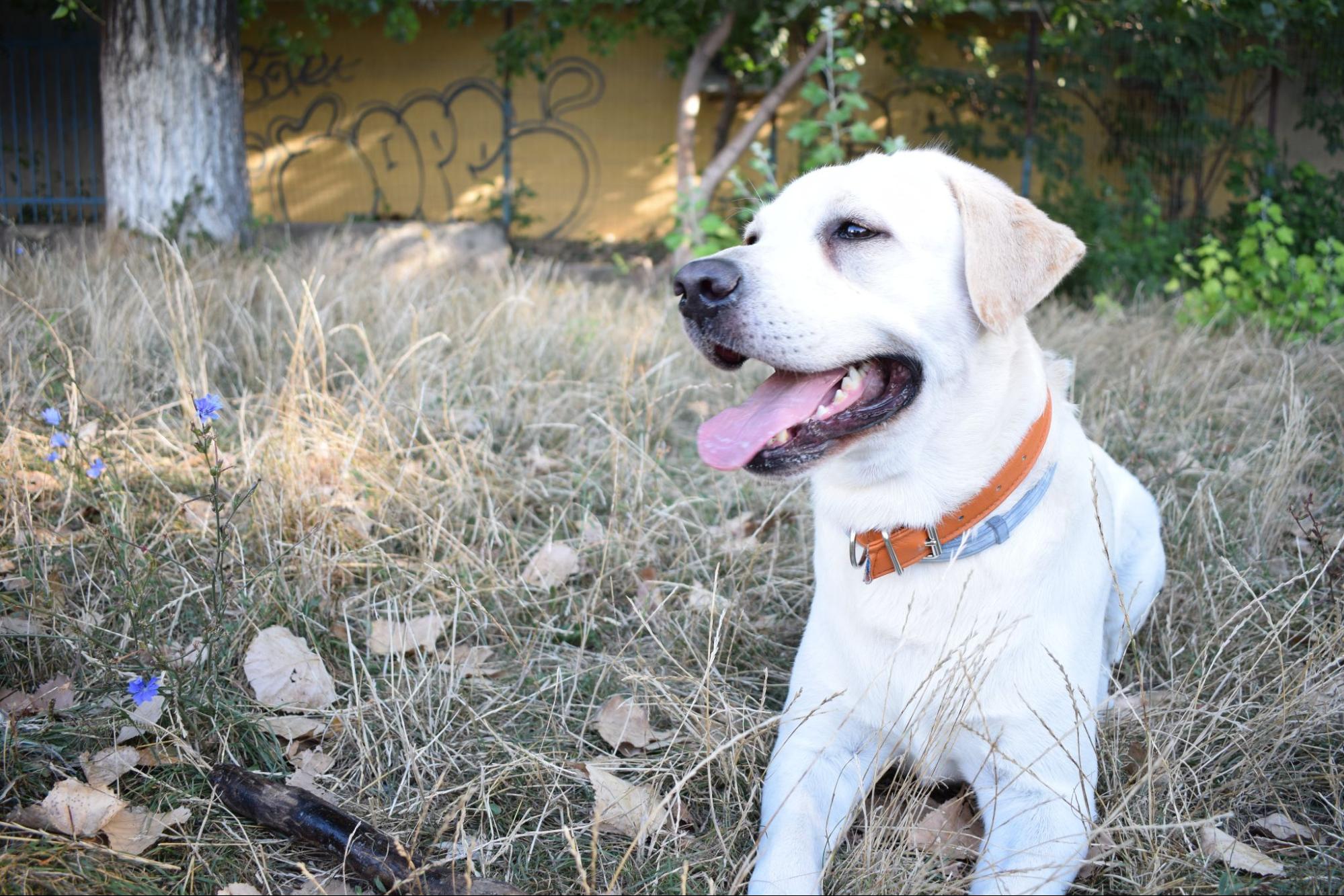How to Kennel Train a Puppy
If you’ve recently welcomed a Labrador puppy into your home, one of the first things you’ll want to tackle is kennel training. Kennel training not only provides your furry friend with a safe and secure space but also helps in managing their behavior when you’re unable to supervise them. In this article, I’ll guide you through the process of kennel training your Labrador, offering valuable tips and techniques to ensure a smooth transition for both you and your pup.
When it comes to kennel training, consistency is key. Establishing a routine right from the beginning will help your Labrador understand that their crate is a positive and comforting place. Start by introducing them to their crate gradually. Place their favorite toys or treats inside to entice them and make it an inviting space. Remember, patience is crucial during this initial phase as it may take some time for your puppy to warm up to their new den.
As we delve further into this article, I’ll share step-by-step instructions on how best to acclimate your Labrador to their crate without causing any distress or anxiety. From choosing the right size crate for your puppy’s comfort to implementing positive reinforcement techniques, we’ll cover all aspects of kennel training so that you can create a harmonious environment for both yourself and your beloved furry companion.
So let’s get started on this journey towards successful kennel training! With dedication and perseverance, you’ll soon have a well-adjusted Labrador who sees their crate as a cozy retreat rather than confinement.
Benefits of Kennel Training
One of the key benefits of kennel training your puppy is that it provides them with a safe and secure space to call their own. Just like humans, dogs need a place where they can retreat to when they feel overwhelmed or tired. By introducing your Labrador to a kennel early on, you are giving them a designated area where they can relax and feel at ease.
Additionally, kennel training can help with housebreaking your puppy. Dogs naturally have an instinct to keep their den clean, and by providing them with a crate or kennel, you are tapping into this natural behavior. The confined space encourages them to hold their bladder and bowel movements until they are let outside. This helps establish good bathroom habits and prevents accidents in the house.
Kennels also serve as effective management tools for puppies who may exhibit destructive behaviors when left unsupervised. When properly trained, your Labrador will view their crate as a positive place rather than a punishment. This means that when you need to leave the house or cannot closely monitor your puppy’s activities, you can confidently confine them in their kennel knowing that they will be safe and less likely to chew on furniture or belongings.
Moreover, kennel training aids in reducing separation anxiety in puppies. Being alone can be stressful for young dogs who are used to constant companionship. However, by gradually acclimating them to spending time alone in their crate from an early age, you’re helping them develop independence and cope better with being separated from their human family members.
In conclusion, the benefits of kennel training for Labrador puppies are numerous: it provides them with a safe haven, facilitates housebreaking efforts, prevents destructive behaviors when unsupervised, and eases separation anxiety. By investing time and effort into proper kennel training techniques, you’ll not only create a harmonious living environment but also give your furry friend the structure and security they need for long-term happiness and well-being.

Choosing the Right Kennel
When it comes to kennel training a puppy, one of the most important decisions you’ll need to make is choosing the right kennel. This will be your pup’s safe haven, their own little den where they can feel secure and comfortable. So how do you go about selecting the perfect kennel for your Labrador? Let me break it down for you.
- Size Matters: First and foremost, consider the size of your furry friend. A kennel that is too small will restrict their movement and make them feel cramped, while a kennel that is too big may not provide them with a sense of security. Ideally, choose a kennel that allows your Labrador to stand up, turn around comfortably, and stretch out when lying down.
- Material and Construction: Next up is the material and construction of the kennel. Opt for sturdy materials like metal or heavy-duty plastic that can withstand chewing and scratching. Make sure the door latch is secure to prevent any accidental escapes! Additionally, look for smooth surfaces inside to avoid any potential injuries or snags on bedding.
- Ventilation and Visibility: Proper ventilation is crucial in keeping your pup cool during hot weather conditions. Look for a kennel with adequate airflow through mesh panels or vents without compromising on safety or durability. Additionally, consider opting for a kennel with good visibility so your pup doesn’t feel isolated from their surroundings.
- Easy Cleaning: Let’s face it – accidents happen! You’ll want a kennel that’s easy to clean in case of any potty mishaps or spills. Choose one with removable trays or easily accessible bottoms that allow for hassle-free cleaning and maintenance.
- Portability: If you plan on traveling frequently with your Labrador or need the flexibility to move their space around within your home, consider getting a portable kennel with handles or wheels for easy transport.